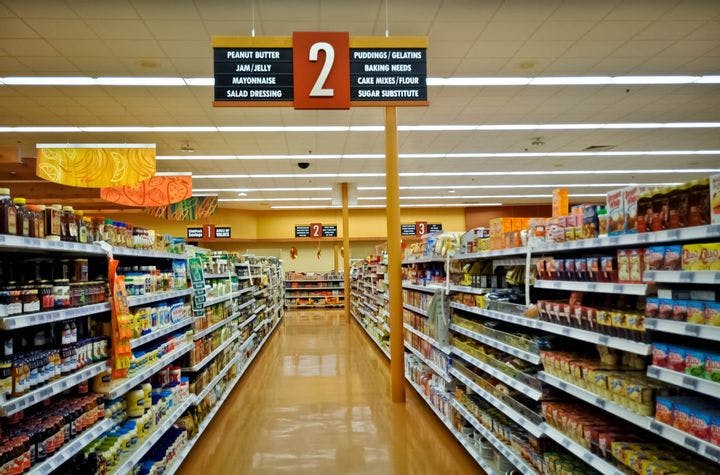Spring 2008
Eating Our Words
– Tim Morris
Tim Morris reviews “Kitchen Literacy,” which explores what we know (and don't) about the food we eat.
While I was reading Ann Vileisis’s Kitchen Literacy, I bought a pie pumpkin at a supermarket in Arlington, Texas. Its tiny label asserted no fewer than five times that the pumpkin was organic, invoking both the USDA and the Oregon Tilth, and it came with a return address in LaFarge, Wisconsin. The label also informed me that the pumpkin—or perhaps its parent company—was “independent & farmer owned.”
Two hundred years ago, Ann Vileisis observes, I might have grown that pumpkin myself. A hundred years ago, I might have met its grower in a farmers’ market and known enough about horticulture to discuss how it was raised. Fifty years ago, supermarkets would have taken pains to conceal the pumpkin’s provenance. Today, we know more about our food supply than at any time in the last century. We read labels to learn where our food comes from; we read books to interpret the labels.
Vileisis goes back to primary sources—diaries, cookbooks, print advertisements, government documents, and news stories—to trace American food epistemology from the early Republic to the present day. She does her best work in recovering the mid-20th century, that fast-receding era when knowledge of food was lost most quickly and definitively. Kitchen Literacy gives us a keen sense of why big canners, dairies, meatpackers, and grocers of the post–World War II period didn't want us to know what was making its way into our food—chemical preservatives and pesticides, as well as artificial extenders, conditioners, flavors, and colors—and how they kept that knowledge from us.
But food illiteracy was not foisted on an abject public. We didn’t want to know the life history of our vegetables; we were content to let the Jolly Green Giant worry about that. Vileisis acknowledges the power of our mothers’ and grandmothers’ desire for clean-looking, reliable food. Grandma wasn't trying to poison us with chemical cake mixes, after all. Quite the opposite: She was aiming for safety and consistent quality. “The bride who takes advantage of canned and frozen foods, packaged mixes too, need not apologize,” assured a 1950 article in Good Housekeeping aimed at novice cooks. “She’s smart.”
What Grandma didn't know, though, could have killed us. Fear of poison was finally strong enough to overcome Americans’ reluctance to worry about their victuals. Vileisis charts the growing public and legislative concern during the 1950s and ’60s about possible carcinogens in the food supply, and the accumulation of DDT in the bodies of those who ate from it. This story has been told before—notably, in Rachel Carson’s book Silent Spring and Deborah Koons Garcia’s film The Future of Food—but Vileisis situates it in the larger context of a loss and recovery of food literacy. Neither as activist as In Defense of Food author Michael Pollan nor as belligerent as Barbara Kingsolver in Animal, Vegetable, Miracle, Vileisis still hails from their wing of food politics, striving to know more about her meals and to grow what ingredients she can herself. “I have no delusions about my dependence on the larger food system,” she writes. But she remains “troubled by a nagging awareness that much of my food depends on distant, unknowable farms and cheap petroleum.”
When I baked my “independent & farmer owned” pumpkin into a pie, the resulting dessert was stringy and tasteless. But I felt good about eating it. I wonder, after reading Kitchen Literacy, if I am much different from my grandmother. She opened cans of processed, residue-laden pumpkin and felt good about her predictable pies because the labels promised garden freshness. I open an indie pumpkin and feel good about the parlous results because the label promises sustainable human happiness. We differ mainly in our reading tastes.
* * *
Tim Morris teaches English at the University of Texas at Arlington and frequently writes about food.
Reviewed: "Kitchen Literacy: How We Lost Knowledge of Where Food Comes From and Why We Need to Get It Back" by Ann Vilesis, Island Press, 2007.
Photo courtesy of I-5 Design and Manufacture
